Every ecommerce store must adopt social media as a marketing strategy to improve customer acquisition, sales, and brand recognition. However, it’s not as easy as creating posts and expecting customers to flock to your store. You must optimize your social media pages to maximize their potential and achieve your marketing goals.
Why you still need social media marketing in 2023

Social media is a powerful tool for enhancing brand visibility, whether attracting new customers, reminding existing ones of your presence, or expanding your business. In addition, it can drive sales, stimulate demand, and foster customer loyalty.
Another reason to use social media for your ecommerce store is to connect with your customers. Whether this is working out what they love or hate and the pinch points in your business, social media is a great source. You can monitor social media easily to find out what your customers say about your brand, meaning that you can gain insights and scout out content your customers create about your product.
Getting this feedback, understanding the market, and getting to know your customers a little better can help you know more about what’s going on in your industry. You can get to grips with how interested they are in new launches, get direct feedback, and hear from people that aren’t already familiar with your business.
How to optimize social media for ecommerce
Wondering how to optimize your social media for ecommerce so that your pages work better for you? Check out these tips for optimizing your socials and maximizing their impact on your business:
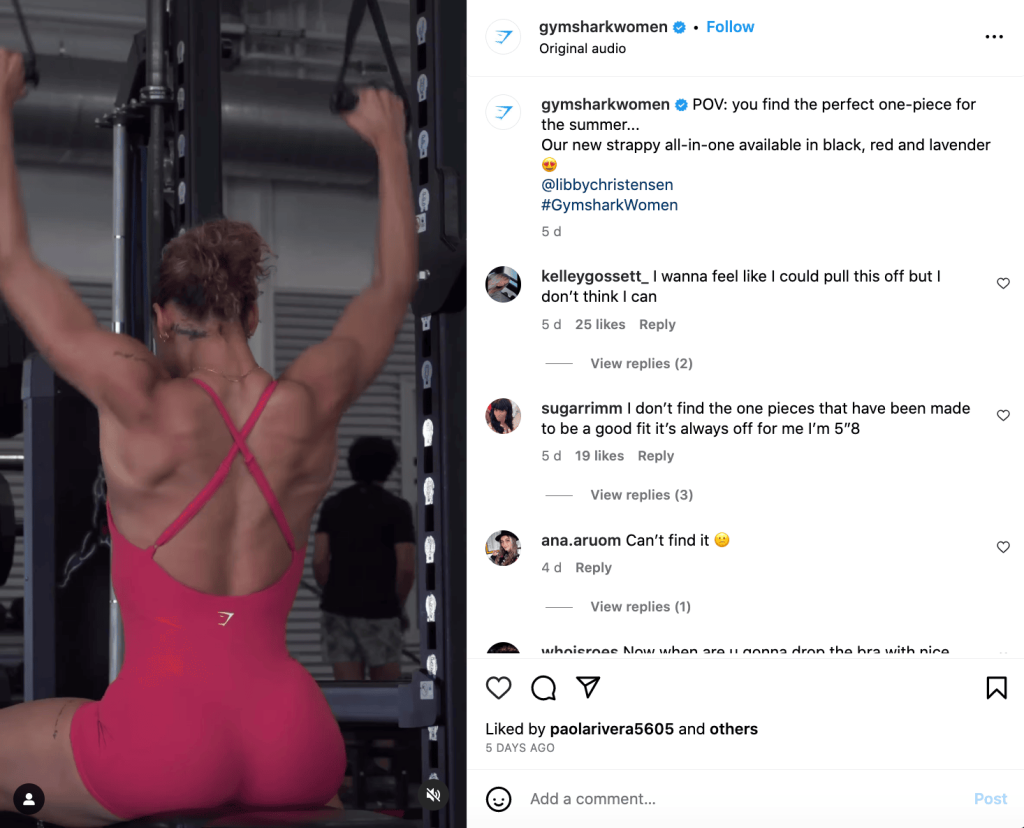
- Collaborate with influencers – working with influencers can seriously increase the reach of your socials and get your brand in front of the right audience. Getting the right influencer is key, as is verifying their following. They don’t need a huge following if they’re influential in their communities and yours.
- Showcase your brand personality – you don’t need to be the next Wendy’s or Duolingo. Being authentic and true to your brand’s personality will help you hit the spot with your potential customers. Don’t underestimate the power of a funny or relatable social post that suddenly sends your brand viral and your sales skyrocketing.
- Use video content – there’s no denying that video content is a significant aspect of social media. Just look at the growth of TikTok, the introduction of Instagram Reels, and how we’ve all been watching videos on YouTube for years. Video content is engaging, tells a story, and is pushed by most social channels. If you’re not doing video, it’s time to get started. Captioning your video content (most platforms do this automatically now) is also important for accessibility.
- Understand the content that works by platform – there isn’t one magic formula to social media success. Each channel has different nuances and ways to maximize how to get your content in front of the most people. Understanding the target audience for each platform is also essential. For instance, TikTok’s demographic tends to lean towards a younger age group, and content that appears organic (i.e., not like an advertisement) performs better than meticulously edited content.
- User-generated content – remember we mentioned user-generated content earlier? You can create organic-looking content promoting your brand by encouraging customers to share their insights, tutorials, and how-to guides related to your products. It’s a more authentic way to speak about your brand.
- Use social tools – Leveraging platforms like Hootsuite, Sprout Social, or Iconosquare to schedule your social media posts and identify the best times to publish can help you with increasing engagement rates, facilitate content planning, and aid in hashtag research. This can help you to streamline your social media management and optimize your profile and posts.
- Post regularly – most social media algorithms value regular, updated content rather than sporadic posts. It’s usually important to post regularly to keep the momentum going for the social channel so your audience sees your content and gets used to spotting it in their feed. Come up with a content plan that means you can post regularly whilst still being able to be reactive to trends.
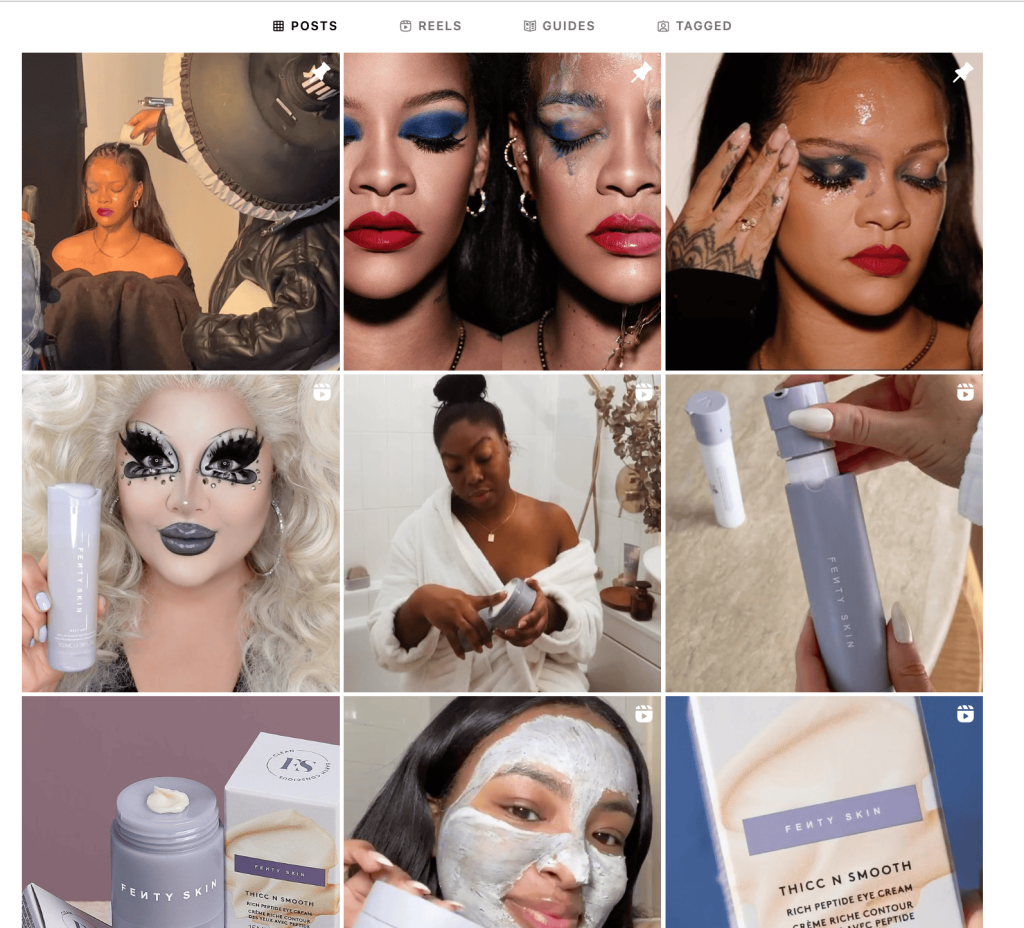
- Use the right imagery – we’ve all seen those social media feeds with shoddy photography and badly-designed imagery. Make sure you use the right sized imagery (we can help with this) and video, and that it’s the right composition and quality. Don’t let subpar images ruin your efforts to build your ecommerce brand.
- Keep an eye on analytics – it probably isn’t the most exciting part of your brand, but the data there could be invaluable. By taking the time to understand the stats behind your socials, you’ll get a better idea of what works, what to do more of, and what to skip.
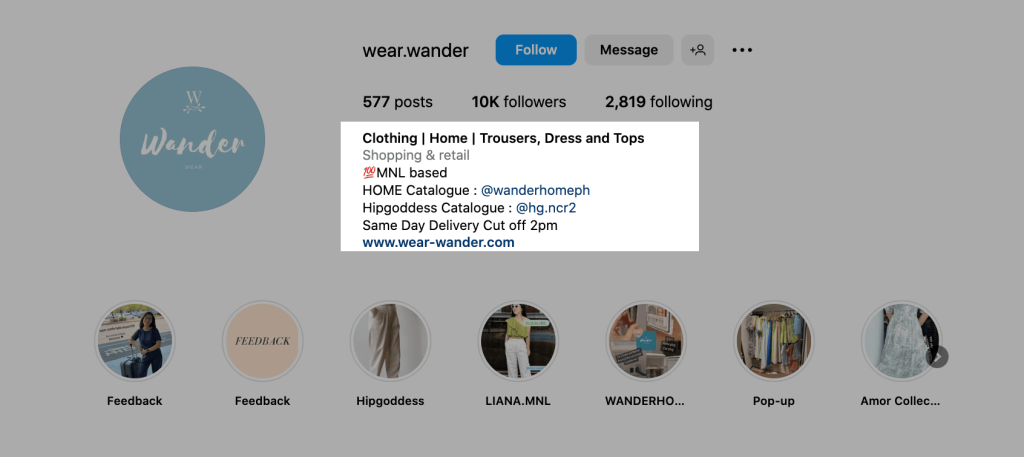
- Make sure your bio is complete – your brand’s bio is the first thing people will see when they land on your social page, so make sure it’s complete. That means links to all the right places, incorporating a description of your offerings (complete with keywords), and prominently displaying your brand name and location. Include a call to action that clearly and concisely explains what you do too. Think about any other relevant information, and choose your handle carefully – and consistently.
Optimizing your social channels
Whether your goal is more followers or simply more engagement, making your social channels work better for you should be part of your social media strategy.
Search Keywords
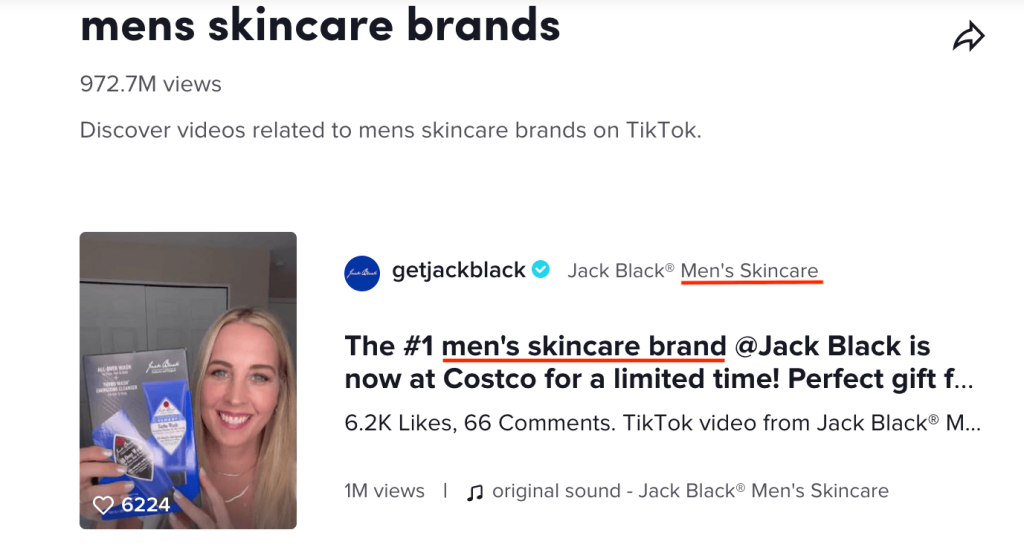
Several social media platforms, including Instagram, now specifically recommend including relevant keywords in post captions to help with discoverability. That means the more you write, the more your post will likely appear in social search results. Think SEO for social media.
Hashtags
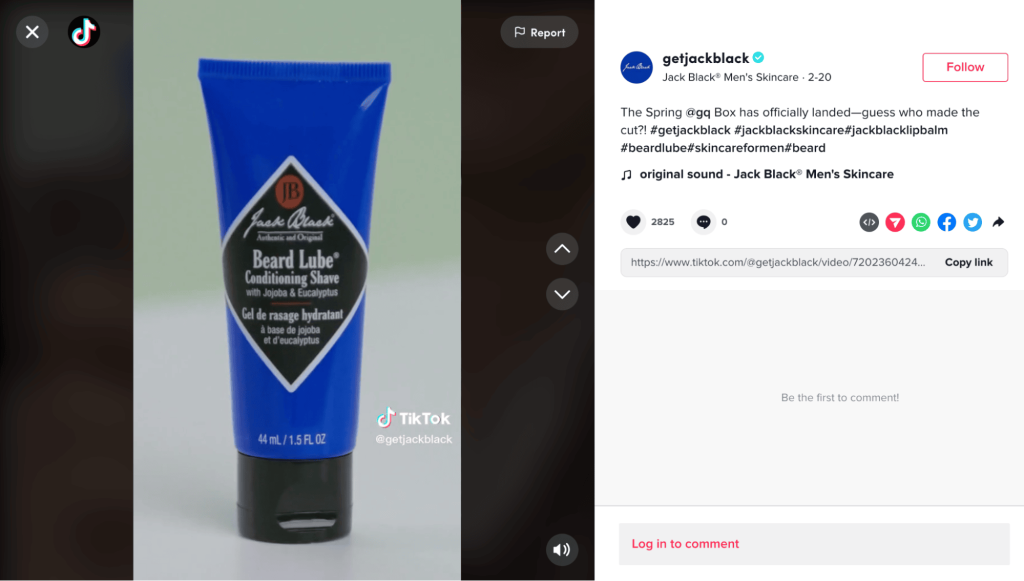
It’s worth noting that hashtags can be effective across various social channels. However, ensuring they are relevant to your post is essential. For TikTok specifically, incorporating relevant trend-based hashtags or sounds can be advantageous. Utilizing generic hashtags may hinder the effectiveness of your content. To maximize their impact, include hashtags directly in your caption.
Tags
Tags are different hashtags and are a way to mention an individual, business, or entity in a post or comment. Whether tagging another brand, a customer, or a product for sale, it’s good practice to direct individuals toward the specific thing they are searching for. This helps to increase visibility and guide potential customers toward your unique offerings.
Overall, optimizing your social media channels is an absolute must. It’s like a mini cheat code that makes grabbing your wins and potential customers easier.








